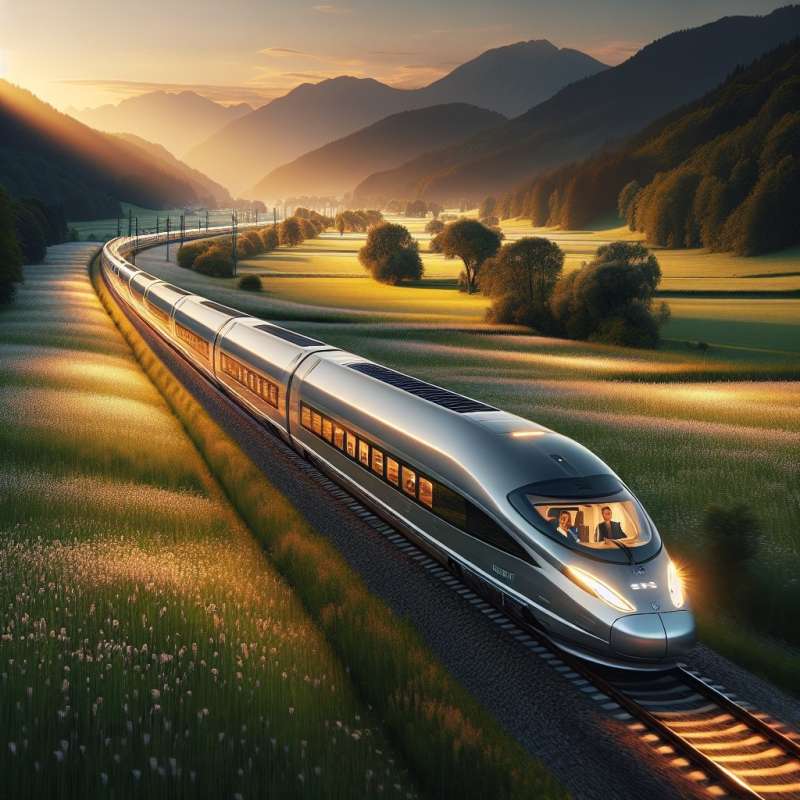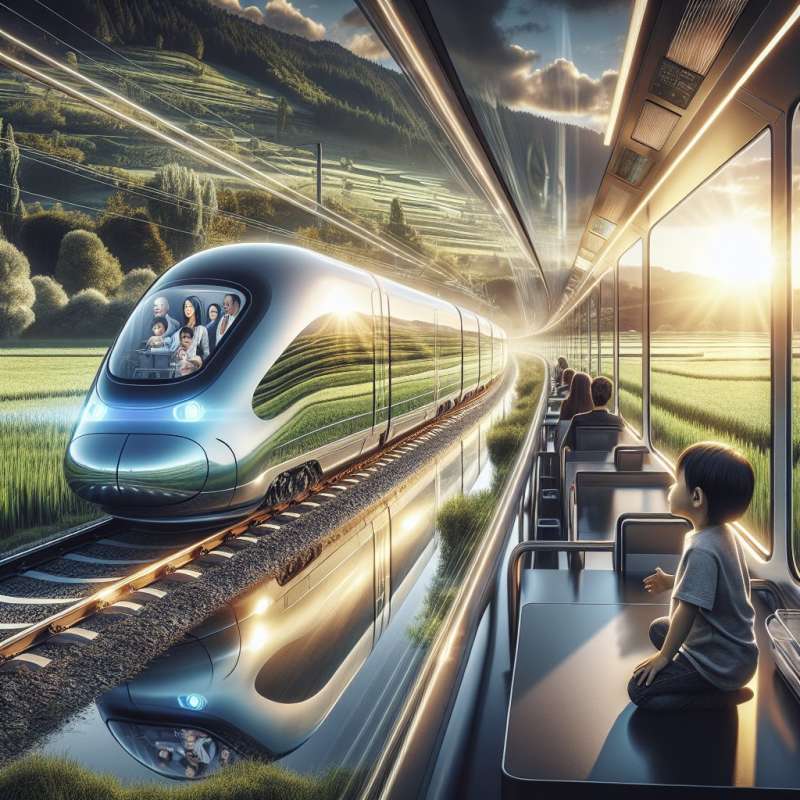
European Rail Diversity
Europe's railway systems vary by country, reflecting historical, geographical, and economic factors. Differences include gauge sizes, electrification standards, signaling systems, and operational policies. This diversity requires complex cross-border interoperability solutions.
High-Speed Rail Pioneers
France and Germany led Europe's high-speed rail developments. France's TGV, inaugurated in 1981, was a game-changer, operating at over 270 km/h. Germany's ICE followed, connecting major cities with speeds up to 300 km/h and setting the standard for comfort and efficiency.
Unique Track Gauges
Spain and Portugal operate on a broader gauge (1,668 mm and 1,600 mm respectively), known as Iberian gauge, differing from the standard 1,435 mm gauge. This necessitates gauge-changing facilities for cross-border trains, impacting travel times and interoperability.
Electrification Variances
European railways use different electrification systems. The UK predominantly uses 25 kV AC overhead lines, while Italy and Poland use 3 kV DC. Trains crossing borders often need multi-system locomotives, or passengers must change trains at the border.
Night Trains' Renaissance
The revival of night trains in Europe, like Austria's ÖBB Nightjet, contrasts the decline in other regions. With improved comfort and amenities, night trains offer a sustainable alternative to flying, capitalizing on the growing eco-tourism trend.
Rail Baltica Project
Rail Baltica is a major infrastructure project aiming to integrate the Baltic States into the European rail network. It will introduce a standard gauge railway, connecting Estonia, Latvia, Lithuania, and indirectly Finland, to Poland and the rest of Europe.
Future: Automation & AI
Emerging technologies like AI and automation promise to revolutionize European railways. Driverless trains are already in operation in some metro systems. Mainline railways expect efficiency gains, increased safety, and more consistent service with these advancements.Longest Railway Tunnel
The Gotthard Base Tunnel in Switzerland is the world's longest railway tunnel, stretching 57 km through the Alps, enabling faster travel between northern and southern Europe.
What reflects railway diversity in Europe?
Uniform operational policies
Historical and economic factors
Same electrification standards
Company